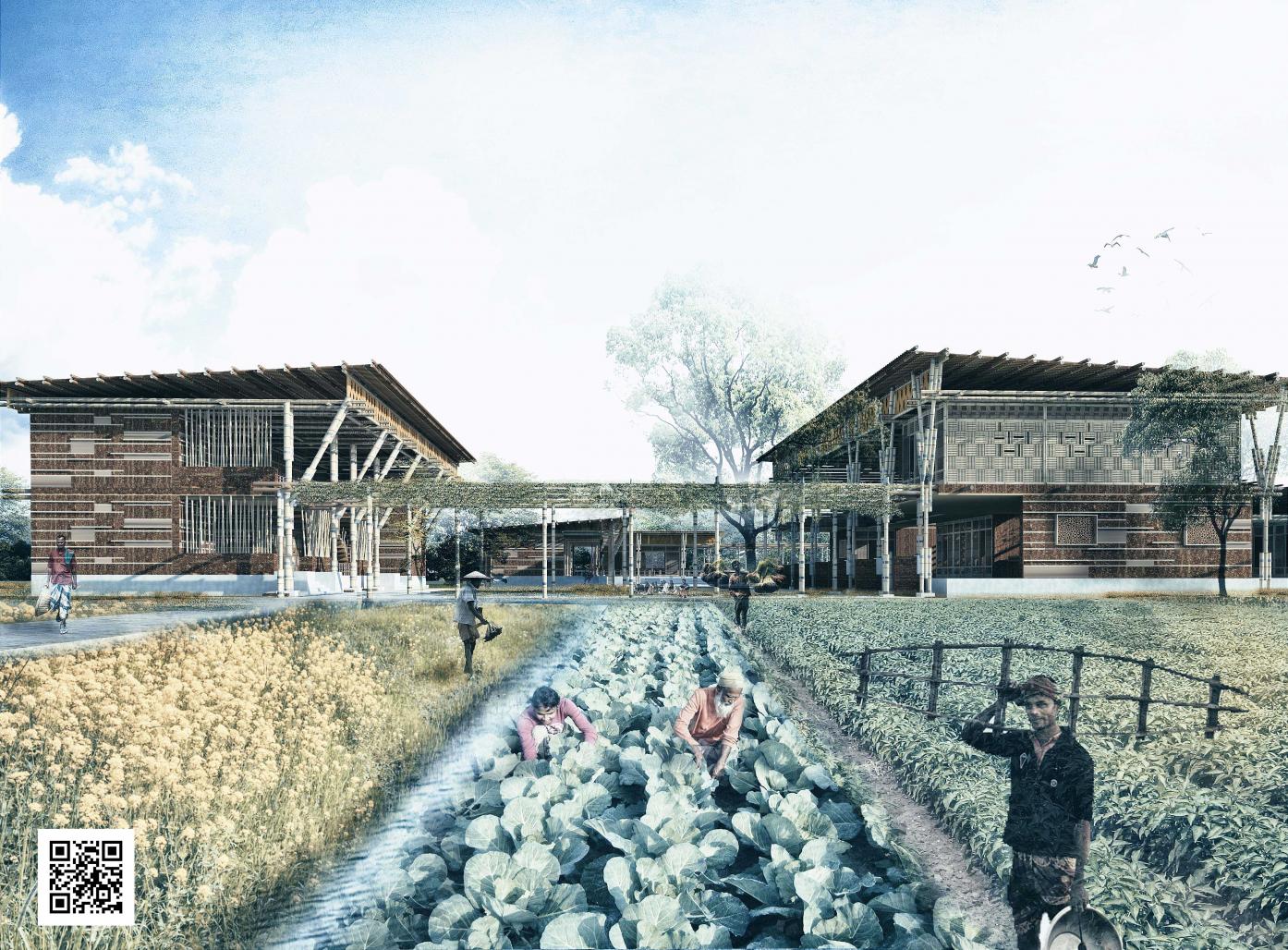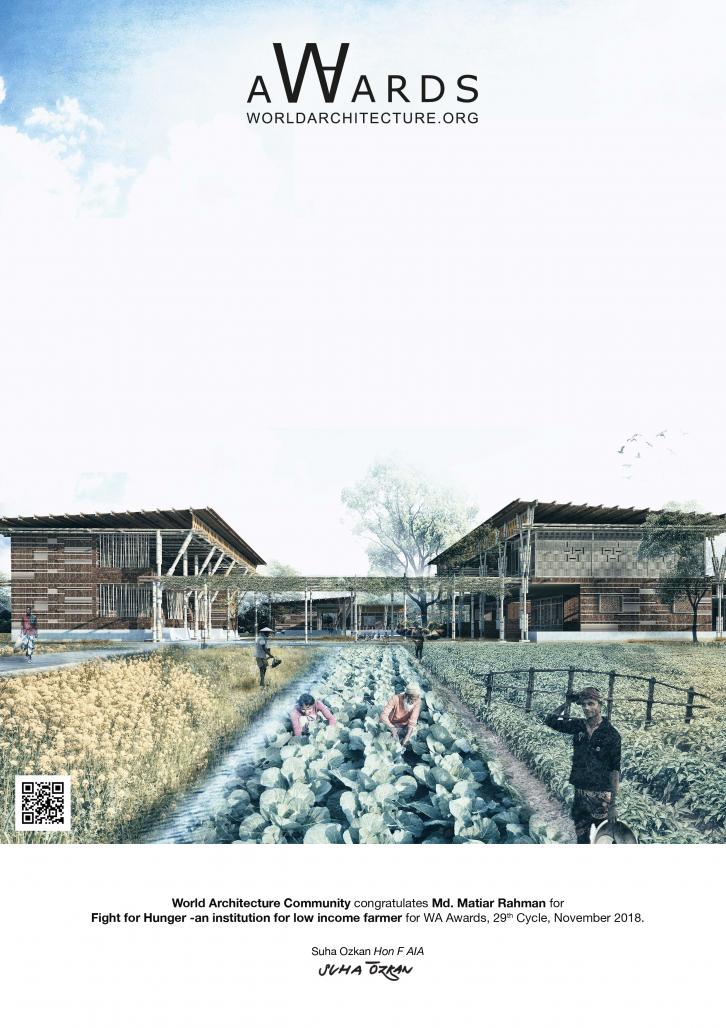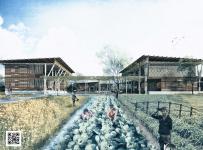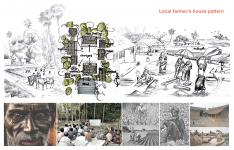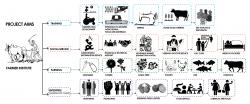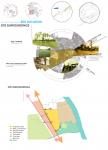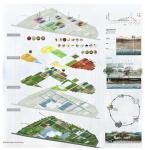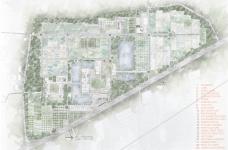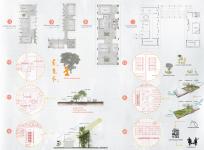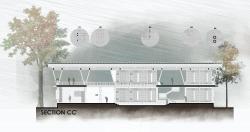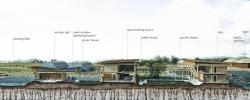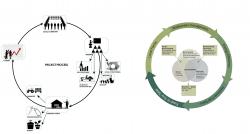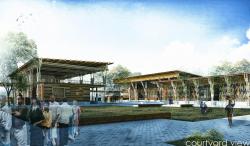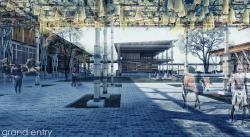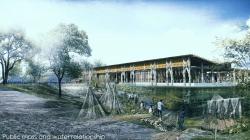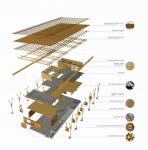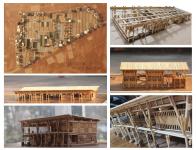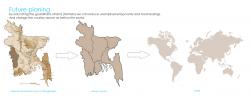Bangladesh is one the most highly dense populated country. Agriculture remains the most important sector of Bangladeshi economy, contributing 19.6% national GDP and providing employment for 63% of population (ministry of Agriculture: moa).More than 70% of Bangladeshi’s population and 77% of its workforce lives in rural area.87% of rural household rely on Agriculture for at least part of their income. Above 30% of our farmer using handmade tools and equipment for irrigation/ cultivation. And most of our labor force illiterate and practicing traditional agriculture pattern.
With the rapid growth of population, food demand is increasing, which take impact on irrigation and results farming land decrease. We have land and exertion but why we can’t be developed? Why our huge population are deprive from food? To ensure the food lacking’s of these huge population, we need to develop our agriculture as well as farmer’s skill.
Project process: The project is about farming based institution. Main component of the project is labor force and rural farmer. Local community will learn by non-formal education and they have scope to work at production field existing in project. By the profit of the project they will get salary to ensuring their better life. Learning community can learn from the project by 7 days, 21 days, 3 months, 6 months non-formal course. After that they have scope to work in existing project to be more skillful or they can apply their learning process at their household or own farming land to get better output. Locally 25% of grown organic crops will be sold in a new on site’s farmer market as though the locality can get fresh healthy and cheap rated product beside their doors and 65% will be sell in urban super shops.
The above project is near zero carbon and run by its own energy. The energy is produce from bio-gas plantation. The water harvesting process get less impact on underground water. Harvested rain water will use at summer time for irrigation. The new farm will use sustainable irrigation techniques that require little or no electricity to pump and filter water used in the field. The undergrowth and residue of crops used for organic compost and animal feeds. Vice versa, the waste from cattle will be used as fertilizer for the plants, thus completing the full recycling process.
The key aim of the project is to make our farmer more skillful, create consciousness to the society, reduce unemployment and ensure them better life.
2018
0000
Project Title: ‘Fight for hunger’ – An institution for low income farmer
Location: Abhaynagar, jessore, Bangladesh
Site area: 21.5 acres
Project type: Hypothesis (sustainable and vernacular)
Project statement: To promote Agricultural skill and development by ‘making a Platform for low-income farmer ’
Concept: The project draws a traditional local planning relationships with courtyards dominated by a central tree articulating, teaching and interacting people. The complex is adjusted to the condition of the tropical climate. Both water body used for aqua culture creates a security belt of the project. Technologies are simple, including locally made mud facade with wood reinforcement, local woven bamboo screen walls, corrugated sheet and Ferro cement slabs, bamboo column with combination connection and bamboo culms.
Individual
Fight for Hunger -an institution for low income farmer by Md.Matiar Rahman in Bangladesh won the WA Award Cycle 29. Please find below the WA Award poster for this project.
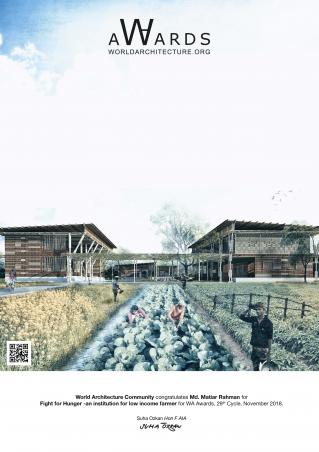
Downloaded 121 times.
Favorited 1 times
